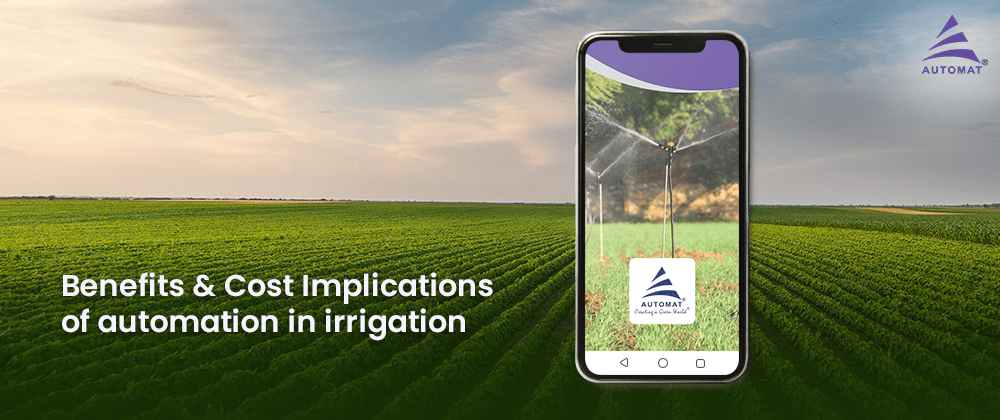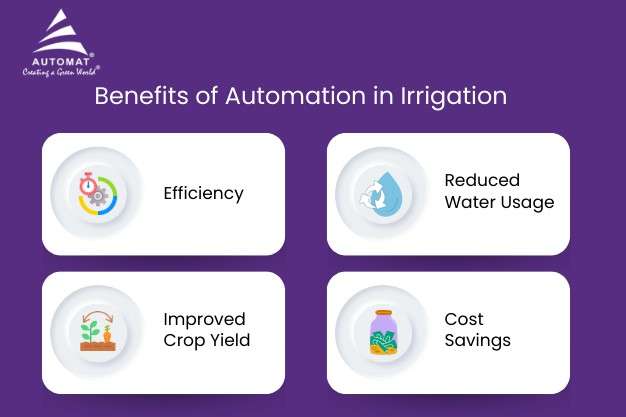
What is Automation in Drip Irrigation?
Automated irrigation refers to the use of technology and devices to automatically water crops or plants without the need for manual intervention. This system utilizes sensors and controllers to monitor and regulate water usage, based on various environmental factors such as temperature, humidity, soil moisture, and weather conditions.
An automated irrigation system typically includes components such as water pumps, pipes, sprinklers or drippers, soil moisture sensors, weather stations, and a central control unit. The sensors collect data on the current state of the soil, and the control unit uses this information to adjust the water flow rate and timing.
The main advantage of automated irrigation is that it saves time and resources while ensuring consistent and efficient water usage. It can also help to reduce water wastage, prevent over-watering or under-watering, and improve crop yield and quality. Additionally, it can be programmed to operate at specific times, which can be particularly useful in regions with water restrictions or limited water supply.
Read more: A Comprehensive Guide to Choosing the Best Sprinkler Irrigation System
Benefits of Automated Drip Irrigation
Automating drip irrigation has several benefits, including increased efficiency, reduced water usage, improved crop yields, and cost savings in the long run.

Efficiency
Automated drip irrigation systems ensure that the water is delivered directly to the plant roots, minimizing evaporation, runoff, and overspray. The use of sensors and controllers can help to optimize the irrigation schedule, ensuring that water is delivered only when needed, and in the right quantities.
Reduced Water Usage
With automation, the system can be fine-tuned to apply just the right amount of water, reducing waste and lowering overall water consumption. This can also help to conserve water resources, which is especially important in areas with limited water supply.
Improved Crop Yields
Automated drip irrigation can improve crop yields by ensuring that plants receive the right amount of water and nutrients, reducing plant stress and improving overall plant health. This can lead to increased yields and improved crop quality. In a present study it was found that compared to all other treatments, the sensor based automated drip irrigation system resulted in highest irrigation water productivity and crop water productivity.
Cost Savings
Although the initial cost of installing an automated drip irrigation system may be higher than traditional irrigation methods, the long-term cost savings can be significant. By reducing water usage and increasing crop yields, farmers can lower their operating costs and improve their bottom line.
The cost implication of automating drip irrigation on one acre of land can vary depending on the type of system and the level of automation required. A basic automation system that includes sensors and controllers can cost around $500 to $1,000, while more advanced systems with remote monitoring and weather-based scheduling can cost more.
In addition to the initial installation costs, there are also ongoing maintenance and operating costs associated with the drip irrigation system, including the cost of electricity or solar panels to power the system, repairs, and replacement of worn-out components.
Overall, automating drip irrigation can provide significant benefits for farmers, including increased efficiency, reduced water usage, improved crop yields, and cost savings in the long run.




